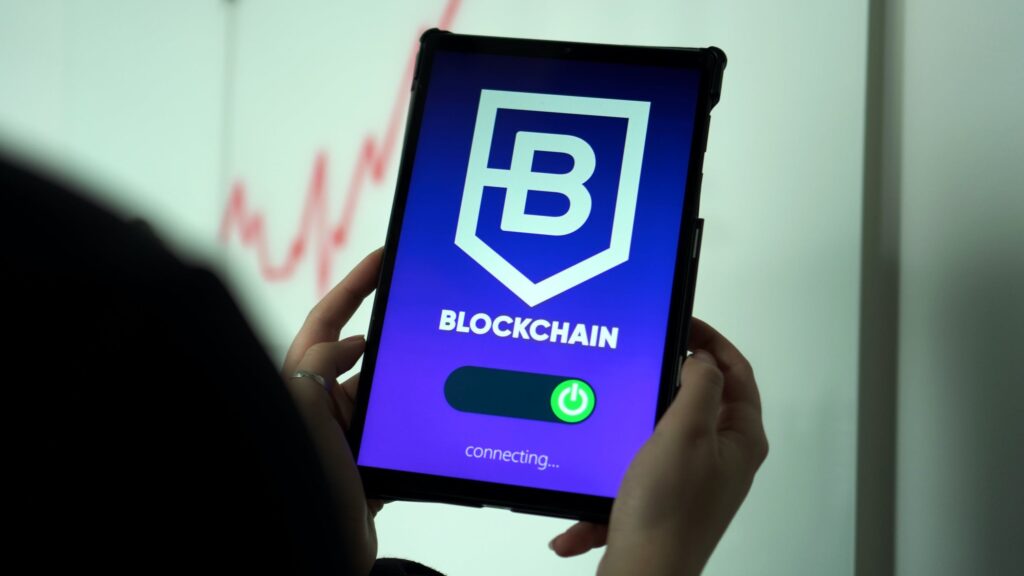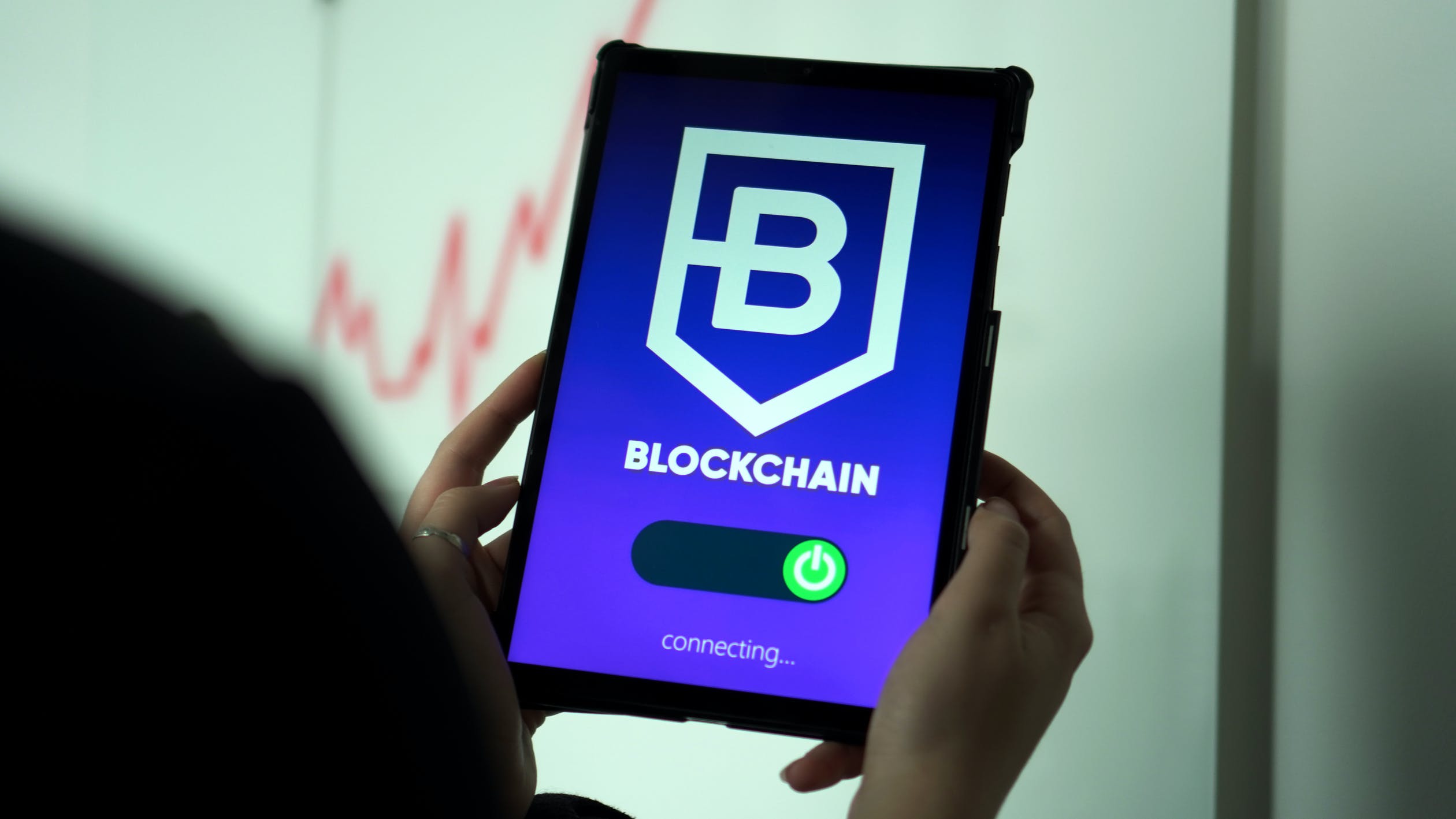Decoding Polkadot Common Good Parachains

Polkadot (DOT) is rising crypto and infrastructure that allows blockchains the power of scalability and interoperability. Created by Gavin Wood, an Ethereum co-founder, Polkadot is in a solid position to take Ethereum off the second-place seat in the future. The way that the system works is by running a central Relay Chain containing parachain slots. Each of these slots can be bid on and used to create scalable and interoperable projects. However, according to Polkadot, there will be several parachain slots set aside for governance-allocated parachains, which exist to eradicate the free-rider problem. Below, we will talk about what parachains are, the common good, and the overall governance system of Polkadot.
What Are Parachains?
Parachains are blocks that connect to the main Polkadot network and allow dApps and Defi to be developed. Each parachain can hold numerous chains and can communicate between chains. For example, this can allow a decentralized game to be built that can integrate and be paid for with all coinage. In the original setup, 100 slots were to be bid on accordingly. However, reports dictate that there are certain blocks allocated for the specific benefit of the ecosystem.
The “Free-Rider” Problem
The common good parachain exists to deal with the free-loader problem. The easiest way to understand this concept is through an analogy. Let’s imagine that car manufacturers are slapped with a tax in an attempt to deal with climate pollutants. Eventually, this would trickle down to the user and everyone would need to pay higher prices for cars. This would lead to a lower pollutant level, but only the car buyers will have paid their way. Those that didn’t are the free riders in this instance.
Common Good Parachains
To counteract the free-rider problem, Polkadot introduced public utility chains and system-level chains. System-level chains aim to unload processing from the Relay Chain and shift it onto the parachain. By doing this, the overall administration is reduced across the Relay chain. This means that, eventually, the Relay Chain can support more parachains and the ecosystem will grow.
Public utility chains exist to benefit the entire Polkadot network. They would satisfy their slot stakeholders while holding a great benefit for the Relay Chain and other parachains. For example, they could offer the ability to use smart contracts while trading in DOT. When it comes to allocation, it’s thought that public utility chains will be scarce in comparison to system-level chains. When they are voted in, they will be done so through the public referendum system.
The Polkadot system of parachains is already growing, with many developers looking to join the interoperable and scalable system. Currently, many prominent developers are creating a plethora of dApps including Acala, which has opened up a Polkadot Ethereum Virtual Machine. In the world of finance, the Rio Chain allows fluidity between cryptos. Despite being a new system, Polkadot is on track to dominate the altcoin charts, with estimations putting DOT worth anywhere up to $2000 by 2030.

